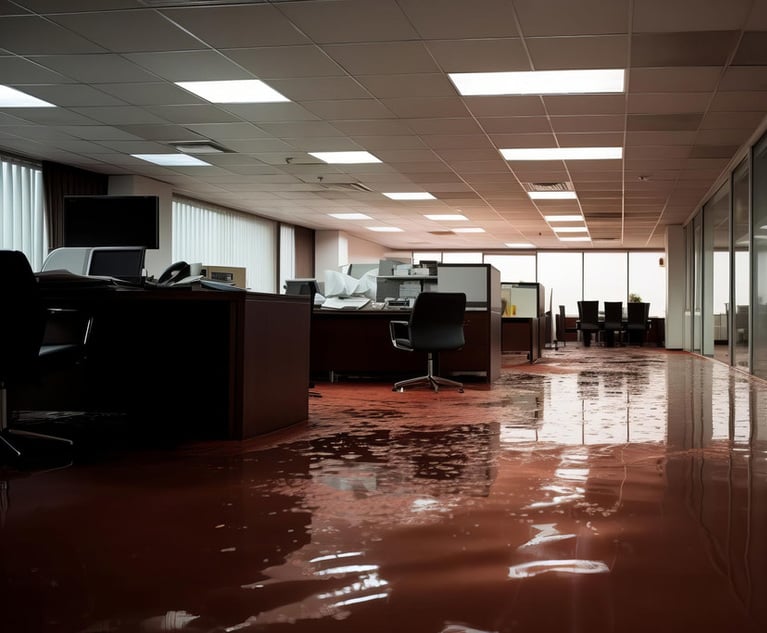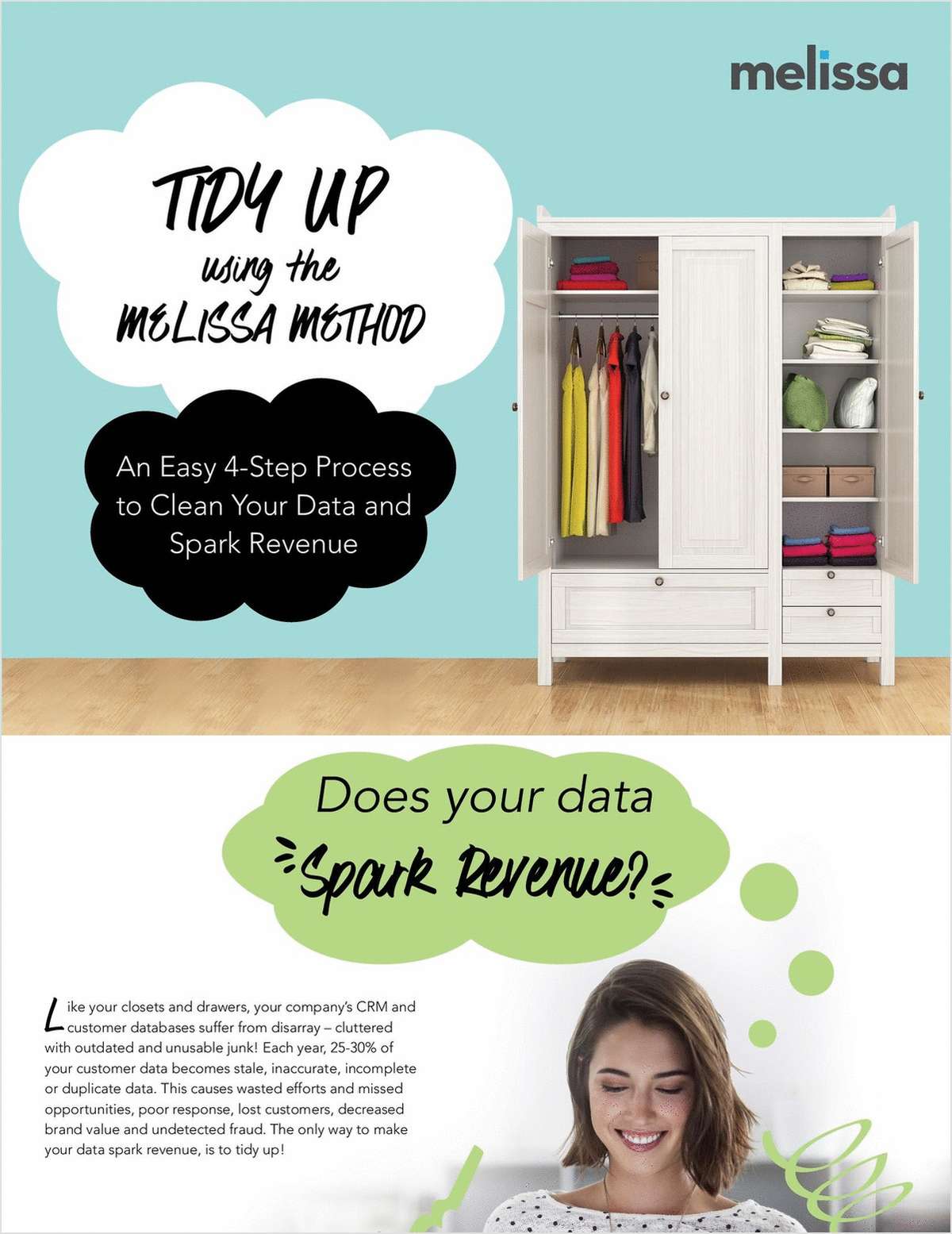 Business Interruption and Contingent BusinessInterruption (CBI) claims loom as large issues following SuperstormSandy, as thousands of businesses of all sizes deal with flooding,physical damage, power outages, government orders and supply-chaindisruptions.
Business Interruption and Contingent BusinessInterruption (CBI) claims loom as large issues following SuperstormSandy, as thousands of businesses of all sizes deal with flooding,physical damage, power outages, government orders and supply-chaindisruptions.
Clark Schweers, a managing director for BDO Consulting (aprovider of litigation, investigation, risk-management and otherservices for major corporations and insurance companies), sayscompanies are only beginning to “wrap their arms around” the vastbusiness-interruption implications left in Sandy's wake.
|As the head of the firm's business-interruption andinsurance-claims practice, Schweers says he's already talked tocompanies—and each is just starting the process, if it's evenpossible, of accessing losses due to the vast disruption caused bySandy.
|“It's mind-boggling; that's what they are telling me,” Schweerssays of what he's hearing from the companies—many of them belongingto the Fortune 500—about their initial look at what Sandyhas done to their businesses.
|“It's not unusual for a large retailer to have 40, 70, 100-plusproperties, and many of them could be affected,” he explains. “Thestorm was so big and the damage was so widespread. And it's not allone thing: You have wind damage and power outages and flooding andsnow—
|
or a combination of those—affecting different locations as wellas customers and suppliers.”
|In the coming months it will be made clear how insurancepolicies will respond to losses depending on the specific terms andconditions of each contract. But Schweers says he definitelyanticipates disputes over deductibles, even though regulators insome of the hardest-hit areas have told insurers they cannot usehurricane deductibles—which are based on a percentage of insuredvalue, rather than a flat deductible (see stories on pages 6 and42).
|“From the attorneys I have spoken to, they clearly thinkdisputes will arise if there's enough money at stake,” Schweerssays. “We could be talking about a claim for $500 million. There'sa lot riding on that [deductible] decision.”
|MYRIAD FACTORS IN PLAY
|Another issue yet to be determined is whether companies'policies are occurrence-based or location-based. Inoccurrence-based policies, one event—in this case, Sandy—would beconsidered a single occurrence causing a loss to all locations. Butwith a location-based approach, separate deductibles could beapplied to losses at each location.
|“Companies are consulting their legal counsel, asking how thisis all going to shake out,” says Schweers, who advises clients tostay in communication with insurers and to collaborate with them.Companies should give their insurer immediate notice of a potentialloss and, after several weeks, should provide insurers with a rangeof the magnitude of losses in order for the insurer to properlyreserve.
|“This is critical to the end result: the settlement,” he says.It could take six to 12 months to reach a settlement, he adds, butit's not unusual for it to take up to 24 months on a largeaccount.
| Al Tobin, managing principal of Aon RiskSolutions' Property Practice, says Aon expects “direct propertydamage, power outages, blocked buildings and civil authority tocause large Business Interruption losses.”
Al Tobin, managing principal of Aon RiskSolutions' Property Practice, says Aon expects “direct propertydamage, power outages, blocked buildings and civil authority tocause large Business Interruption losses.”
“Most commercial policies provide flood coverage; however, somepolicies contain specific language limiting or even excludingcoverage in flood-susceptible areas,” he notes. “All organizationsshould review their existing policies immediately.”
|Dan Gerber, co-chair of Goldberg Segalla's Global InsuranceServices Group, agrees that causation will be an issue in BusinessInterruption claims, adding, “Most policies that excludestorm-surge flood coverage afford limited coverage for floodingcaused by sewer or drain backup. Here, again, causation will be anissue. A determination is required as to whether the loss resultedfrom initial flooding or perhaps debris in a drain.
|“One of the key issues is determining appropriate restorationperiods,” Gerber adds. “This is the period when a business is againable to commence normal operations. Generally, coverage is onlyafforded for loss up to the point of restoration of normalbusiness.”
|Agents and brokers may also face litigation. Gerber says somecan expect scrutiny over the coverage they have recommended toclients, resulting in some Errors & Omissionsclaims.
|'HUGE BATTLES' AHEAD
|Finley T. Harckham, shareholder in the Insurance Recovery Groupat law firm Anderson Kill & Olick, says he expects “hugebattles” between business policyholders and insurers over whetherBusiness Interruption losses are covered.
|“It all depends on the policy and triggers,” he says. “Much ofthe coverage is tied to physical damage—damage covered under yourpolicy.”
|While Business Interruption covers businesses for lossesstemming from unavoidable interruptions in their daily operationsas a result of physical damage, he explains, if that damage was dueto an uncovered peril—flood, for instance—coverage may not beavailable.
|Also, businesses may have coverage for loss resulting fromevacuation by order of civil authority—triggered when authoritiesclose off access to a damaged area. Damage to the insured's ownproperty is not required to trigger coverage, but the ordertypically must result from property damage of a type covered by theinsurance policy.
| Businesses that are not actually forced toclose may be able to tap their CBI coverage, which is triggeredwhen policyholders do not themselves suffer physical damage butstill lose revenue after a property loss sidelines a major supplieror customer base. CBI is a standard provision in manyProperty insurance policies, though many small businesses are notaware of it, Harckham says. “For larger companies, BusinessInterruption dwarfed Property losses after Hurricane Katrina,” henotes. “Sandy won't be Katrina-like [in terms of loss size], butthere are some parallels.”
Businesses that are not actually forced toclose may be able to tap their CBI coverage, which is triggeredwhen policyholders do not themselves suffer physical damage butstill lose revenue after a property loss sidelines a major supplieror customer base. CBI is a standard provision in manyProperty insurance policies, though many small businesses are notaware of it, Harckham says. “For larger companies, BusinessInterruption dwarfed Property losses after Hurricane Katrina,” henotes. “Sandy won't be Katrina-like [in terms of loss size], butthere are some parallels.”
Harckham recommends businesses research their policies as theyassess income losses from Sandy's destruction anddelays.
|“Too many businesses do not think about insurance unless theirpremises are damaged—or if they do, they fail to calculate the fullrange of loss,” he notes. “Small businesses in particular may noteven be aware of their Business Interruption coverage, let alonetheir Contingent Business Interruption coverage.”
Want to continue reading?
Become a Free PropertyCasualty360 Digital Reader
Your access to unlimited PropertyCasualty360 content isn’t changing.
Once you are an ALM digital member, you’ll receive:
- All PropertyCasualty360.com news coverage, best practices, and in-depth analysis.
- Educational webcasts, resources from industry leaders, and informative newsletters.
- Other award-winning websites including BenefitsPRO.com and ThinkAdvisor.com.
Already have an account? Sign In
© 2024 ALM Global, LLC, All Rights Reserved. Request academic re-use from www.copyright.com. All other uses, submit a request to [email protected]. For more information visit Asset & Logo Licensing.








